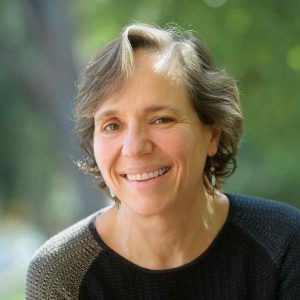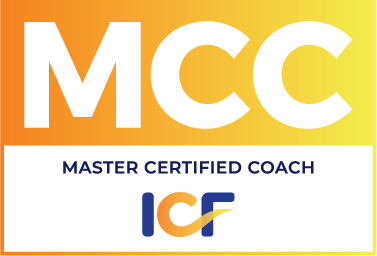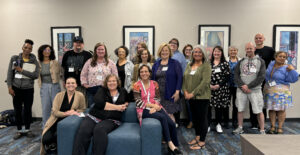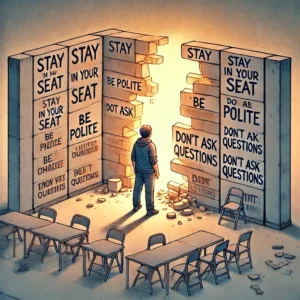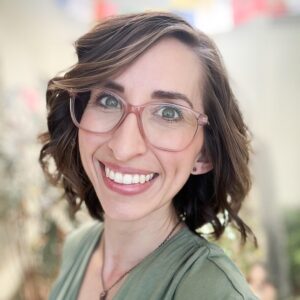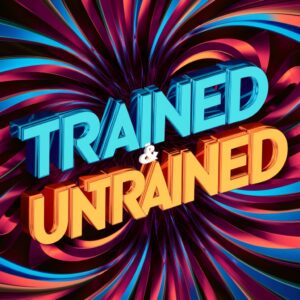“We enter the year with goals, dreams, intentions, and expectations. But, as a fellow yoga teacher writes, let’s also leave a door wide open to simply receive whatever wanders in.”
I received this quote in an email from a friend of mine who is the Interim Administrator of the Sacramento Waldorf School, where my son is a sophomore.
It is a wonderful addition to what we have been discussing this year about goal setting. I talked to you at the end of the year about gratitude – acknowledging all you have and all you have created, for how far you’ve come. I talked to you at the end of last year about the willingness to start where you are. At the beginning of this year I gave you a visualization to see where you want to be by the end of 2016. And last week I gave you a process for figuring out how to get there.
This email came at the perfect time for me to add something to your goal setting. And that is this: Once we have set our goals, and created a plan to accomplish them, set our intention, got fired up and committed to reach them, ready to put in the work, let us not become so rigid in our pursuit of our goals that we do not leave space to see what could wander in.
I see goal setting on a continuum. On one end we might set goals in every area of our lives. We might become attached to them, fearful of not reaching them, nervous about “failure.” On the other end, we may not be setting goals at all. We might just live in a place of waiting to see what shows up.
As to the first end of the spectrum, I of course believe it is useful to have goals. I believe in fact it is difficult to get where you want to go without goals. On the other hand, rigid adherence to a particular goal can close your eyes to other opportunities.
At the other end of the spectrum, when we don’t set goals at all, we leave the door so far open that the wind blows everything out of our house. There is no structure to move forward if you don’t set goals for yourself. And there is little likelihood that you will get what you want if you don’t state what it is you want, and put concerted effort into getting it.
How do we leave the door open?
There is an expression I love – the most effective way to be with anything you want is “committed but not attached.” For me this means put everything you have into it, but don’t attach who you are to whether you achieve it. Be willing to fail. Be willing to learn. Do your best. Don’t give up, but know that not everything is achieved on your timetable. It also means to me don’t attach yourself to how it needs to look. We can commit to the outcome, but be unattached to how it needs to look. This is a powerful thing to know. If you commit to achieving your goal and you make a plan and you work the plan, it is abundantly useful to remain unattached to HOW your goal will manifest. If you remain committed and you are open to the HOW, you are far more likely to achieve what you want. I cannot tell you how many times I have arrived at the end of the year to see that I had achieved what I set out to do, but in a far different way than I thought originally it would look.
How do we leave the door open while also working toward our goals?
We balance. We stand in the middle of the continuum. We set goals and intentions and we keep them in front of ourselves and we commit to them. But we also stay awake to everything that’s around us. We pay attention to the opportunities that may not line up with where we are in our lives or where we think we’re supposed to go because often those are the best opportunities of all.
In the end, do not adhere rigidly to your goals. Commit but do not become attached. Commit, but do not become rigid in how you think it needs to look. If you are committed to the goal, you are very likely to achieve it, but it may be in a different way than you thought it would be. Remain open to the process. Look around. Pay attention. Be curious and aware. Keep watching for those open doors.
__________________
Special Invitation: If you are an attorney or a paralegal in Sacramento, I will be teaching a book study starting January 26, 2016. Check out the link below for details, logistics and testimonials. Book study is on my book Coaching for Attorneys and this may be the only one offered this year so I urge you to join us. There are only four spots left!
http://www.mclarencoaching.com/performance-coaching-for-law-firms/workshops-book-studies/

